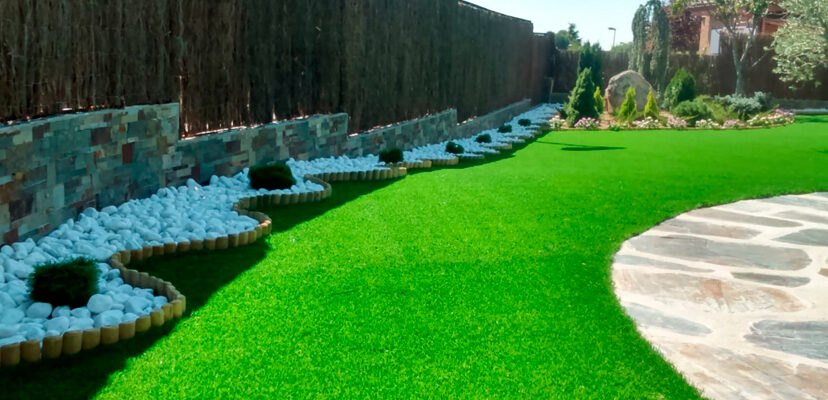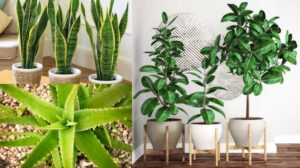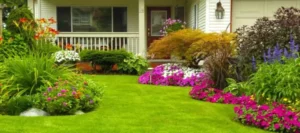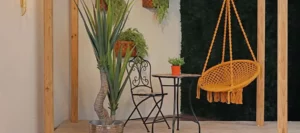Efficient Maintenance: Tips for a Beautiful Yard without Stress

The beauty of a garden lies not only in its design and plants, but also in the constant maintenance it requires. However, maintaining a beautiful garden does not have to be a stressful and exhausting task. With proper planning and a few practical tips, you can achieve efficient maintenance that allows you to enjoy your green oasis without feeling overwhelmed. In this article, we’ll explore strategies for having a beautiful yard without the stress associated with constant maintenance.
1. Strategic Planning
The first step to efficient maintenance is strategic planning. Before starting your garden, consider your resources, available time, and level of commitment. Define focus areas and set a realistic schedule for maintenance tasks.
2. Low Maintenance Design
Opt for a garden design that minimizes the need for intensive maintenance. Use hardy, native perennials that require less attention than annuals. You can also incorporate items like rocks, gravel, and mulch to reduce weed growth.
3. Grouping of Plants by Needs
Group together plants with similar watering and care needs. This way, you can water and fertilize efficiently without wasting resources on plants that don’t need them. Also, grouping plants by height and type creates a neat and harmonious look in the garden.
4. Use of Green Covers
Groundcovers are low-growing plants that cover the ground and suppress weed growth. These plants require less maintenance and help keep the soil moist and cool. Consider options like mint, ajuga, and white clover.
5. Efficient irrigation
Implement efficient irrigation systems, such as drip irrigation or automatic irrigation with a timer. This allows plants to receive the proper amount of water without excess or waste. You can also use less frequent, deep watering techniques to promote strong roots.
6. Mulch
Applying a layer of mulch around the plants helps keep the soil moist and reduces weed growth. Mulch also improves the appearance of the landscape and requires minimal maintenance.
7. Regular and Selective Pruning
Regular pruning is essential to maintain the shape and health of the plants. Remove dead or diseased parts and trim branches that grow disorderly. Selective pruning also promotes stronger growth and healthy flowering.
8. Balanced Fertilization
Use balanced fertilizers and follow the dosage recommendations. Avoid over-fertilizing, as it can damage the plants and the soil. Healthy plants in well-nourished soil will require less intervention.
9. Preventive Control of Pests and Diseases
Carry out regular inspections to detect early signs of pests or diseases. Early detection allows for more efficient and less invasive control. Use natural methods and organic products whenever possible.
10. Keep a Garden Notebook
Keeping track of your maintenance tasks, observations, and experiments in a garden notebook can be incredibly helpful. This will help you remember what you’ve done, what has worked, and what needs tweaking in future seasons.
11. Automation and Technology
Consider using technology to make maintenance easier. You can schedule automatic irrigation systems, use gardening apps for reminders and tips, and use power tools for tasks like mowing the lawn.
12. Enjoy the Process
Remember that the garden is a place to enjoy and relax. While maintenance is important, don’t let it become a burden. Take time to walk around the garden, observe the growth of the plants and enjoy the results of your efforts.
Conclusion
A beautiful garden does not require overwhelming effort if you implement efficient and strategic maintenance. By planning carefully, choosing the right plants, using efficient irrigation systems, and applying low-maintenance techniques, you can create a green space that brings you joy and fulfillment without the stress of constant upkeep. With a balanced approach, you can enjoy a relaxing and aesthetic oasis in your own home.








